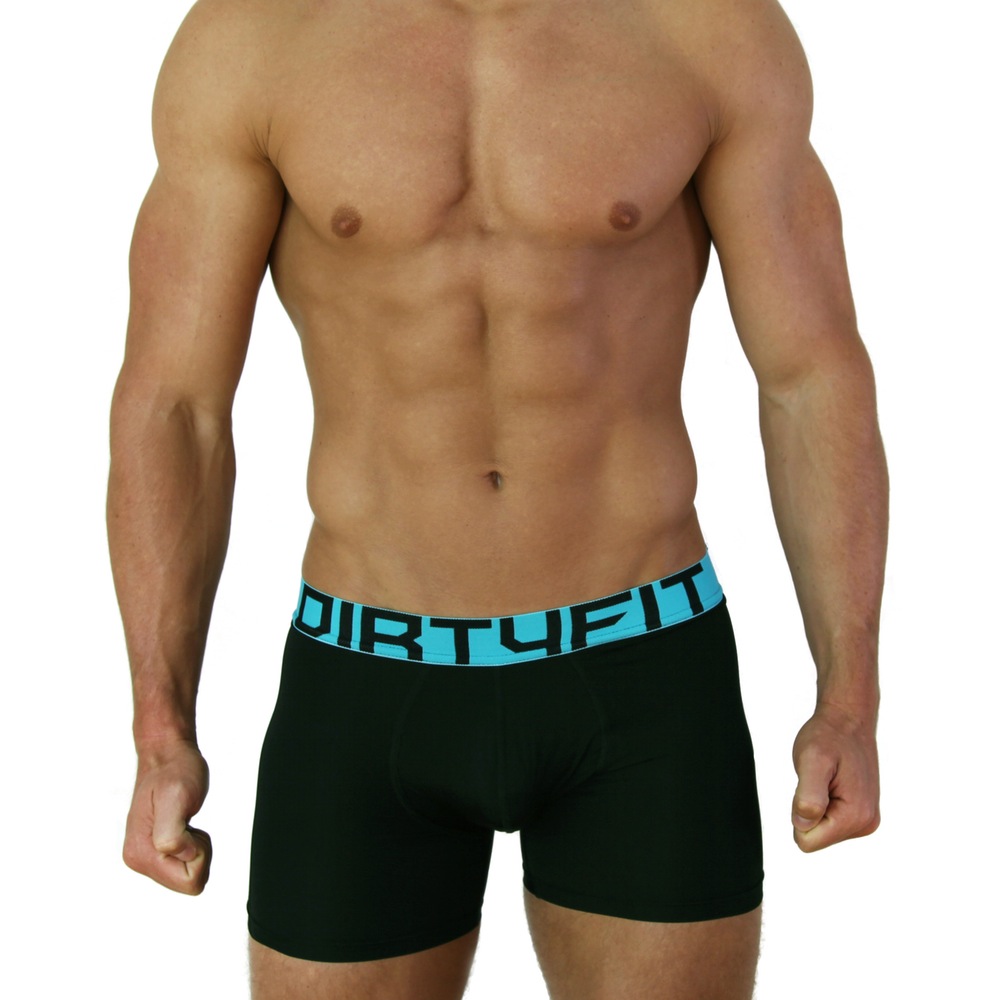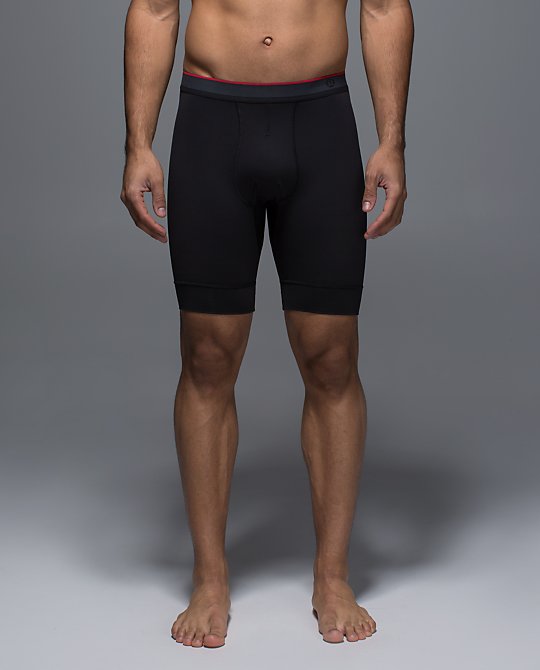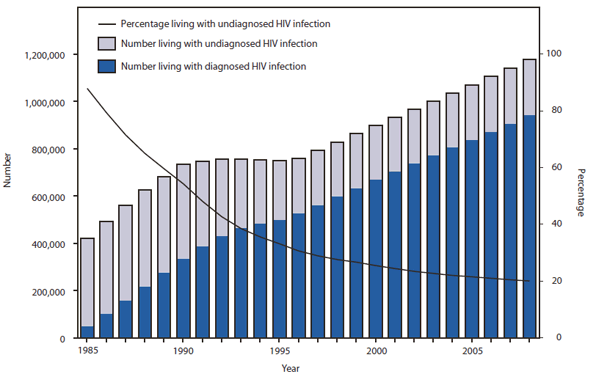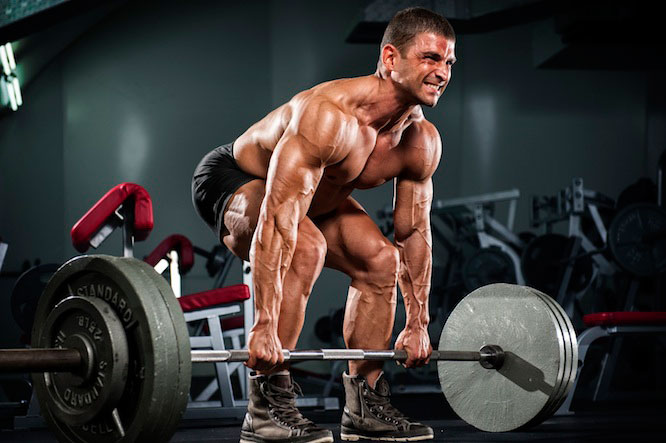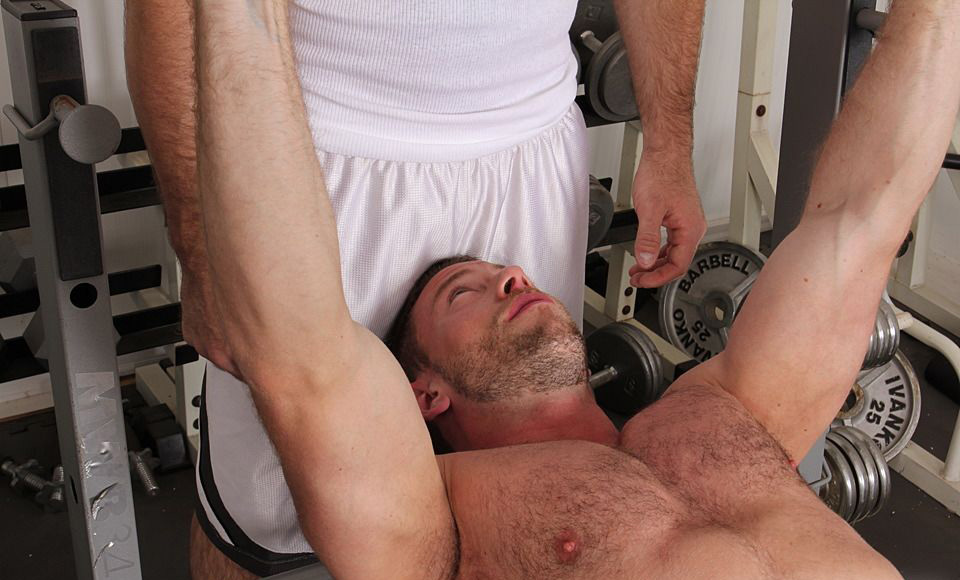 None of us are perfect. Not even gay guys. ð
None of us are perfect. Not even gay guys. ð
In my experience, there are a few mistakes that gay men, in particular, tend to make when it comes to the gym, fitness or nutrition. And before anyone throws a temper tantrum in the comments below, these mistakes are obviously total generalizations and donât apply to all gay men everywhere.
So without further ado, these are the mistakes that gay men tend to make:
- Sleeping where they lift. Because a good hookup is easier to find than a good gym, donât sleep where you lift. Unless you really donât mind seeing a parade of one night stands each and every workout, source your sex life elsewhere. That is, of course, unless heâs worth switching gyms for.
- Skipping leg day. Though applicable to gay men in particular, itâs my humble opinion that leg and glute muscles donât get enough loving from men of any sexual orientation. Because biceps and chest muscles are flashier, they receive a disproportionate amount of training. Beyond the aesthetics of a balanced physique with strong leg muscles and glutes, having a strong lower body provides benefits including improved performance and decreased injury risk.
- Not eating carbs. Somewhere at some point, people got the idea that carbohydrates are a bad thing. And for some gay men, a bread basket might as well be the Apocalypse. In reality, our bodies need carbohydrates to function properly; eliminating carbohydrates isnât a smart idea. Instead, focus on cutting simple carbs (like those found in sodas, sugary drinks, white bread, pastries, etc.) in favor of complex carbohydrates like brown rice and whole wheat products.
- Hiring the “hot” trainer. How your trainer looks is less important than how he or she teaches. Sure, eye candy is enjoyable but itâs the connection that matters. You need a trainer that works will with you, and that helps you achieve your fitness goals. How he or she looks isnât a factor in getting you from point A to point B.
- Starving yourself before bottoming. Iâve heard many gay men say that they starve themselves before bottoming in hopes of achieving “cleaner” intercourse. To them I say, no man is worth your health. And that communication, respect, patience and understanding are all far more important to being a good partner than unrealistic anal expectations.
We all make mistakes, but itâs through our mistakes that we are able to learn and grow. So if youâve experienced any of the above, consider today an opportunity to evolve.
What other workout or nutrition mistakes do you see gay men make? Let me know in the comments below.
P.S. If youâre looking for a workout program that you can do at home, download Davey Waveyâs Bootcamp Workout and get started today!








